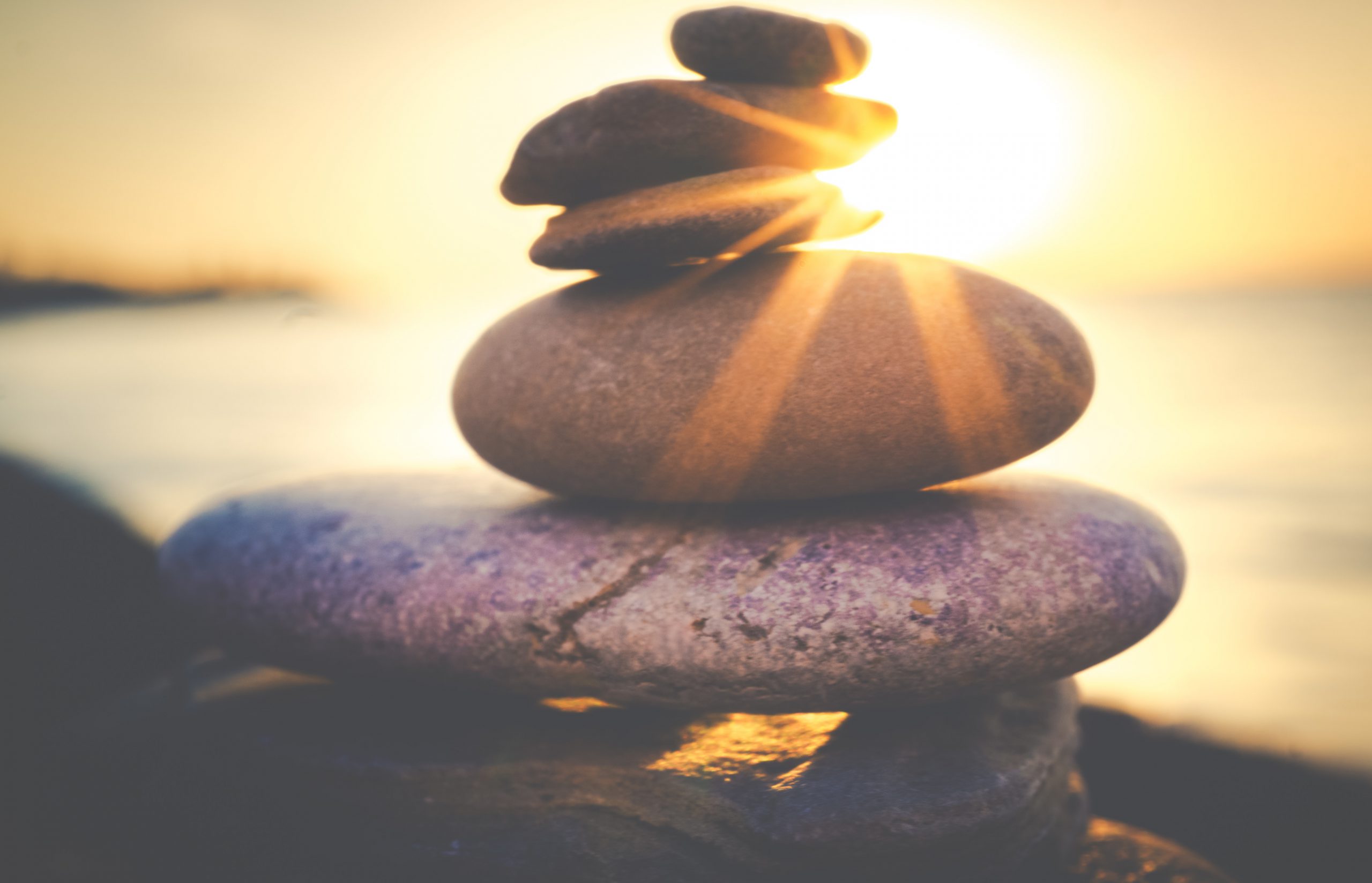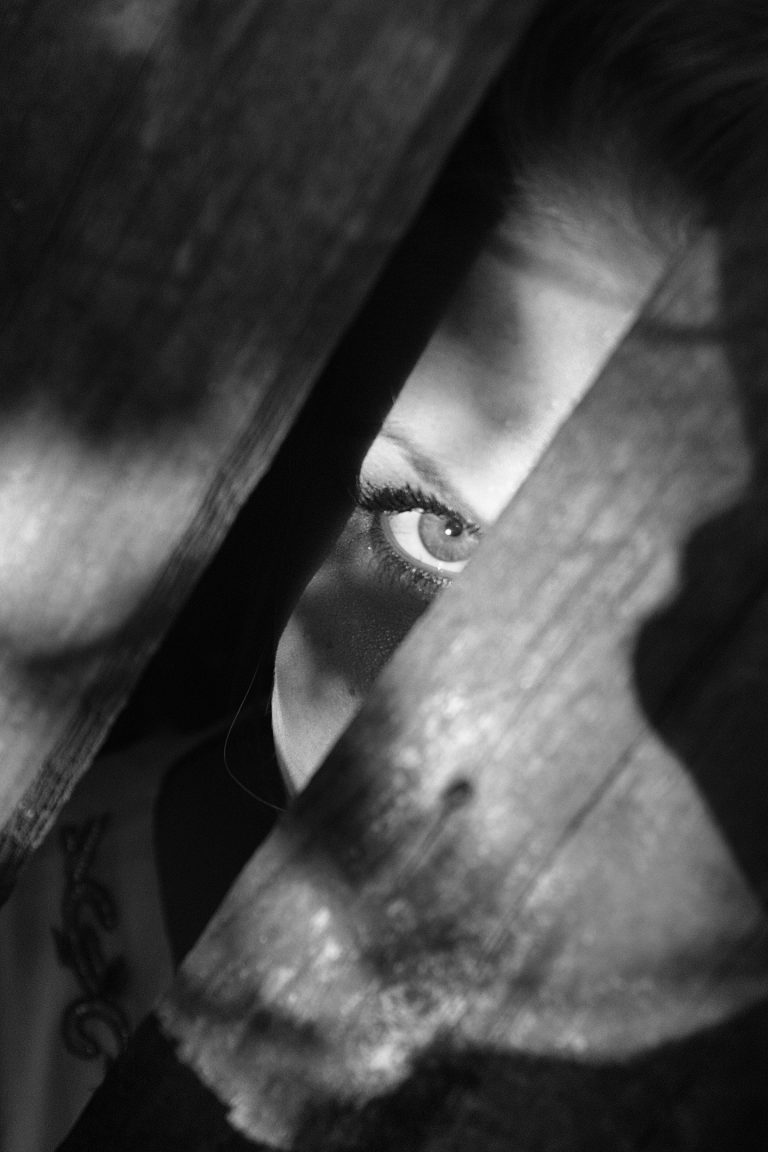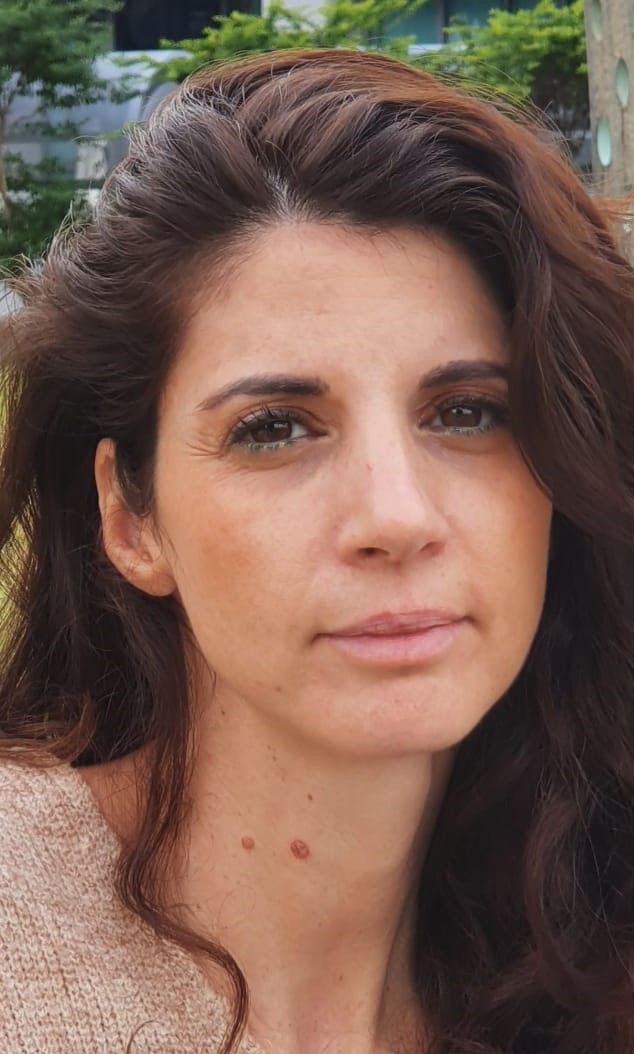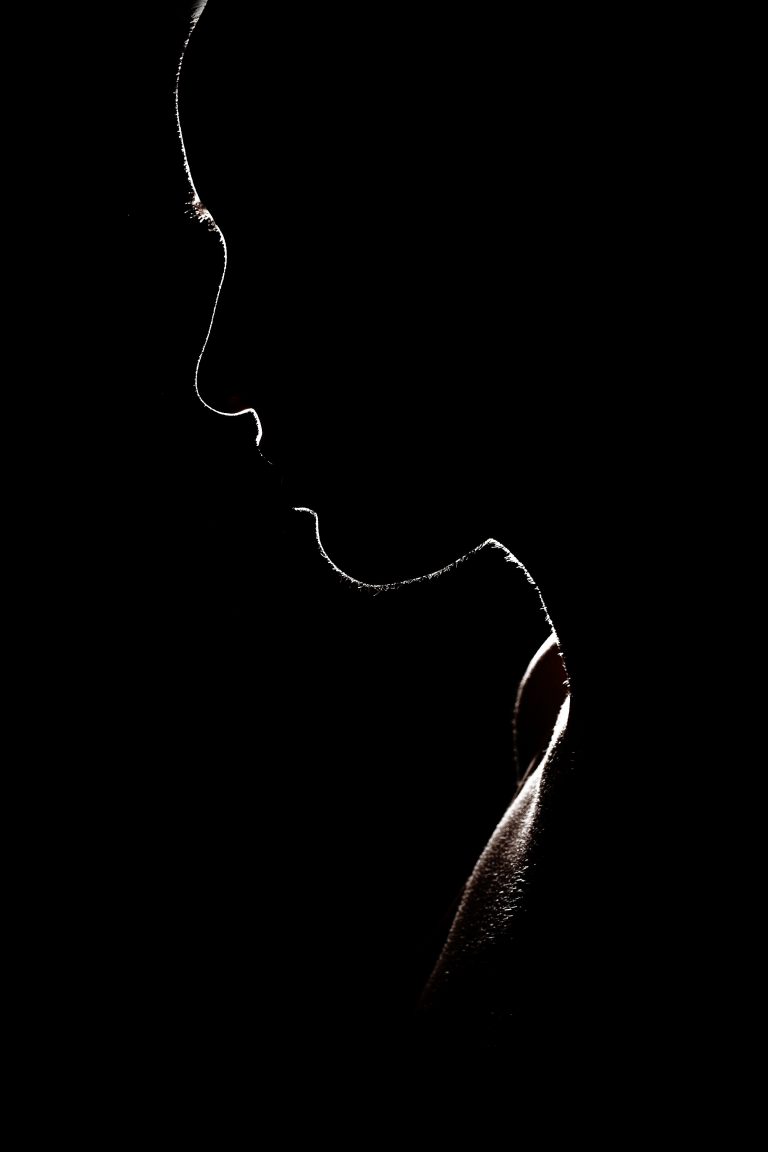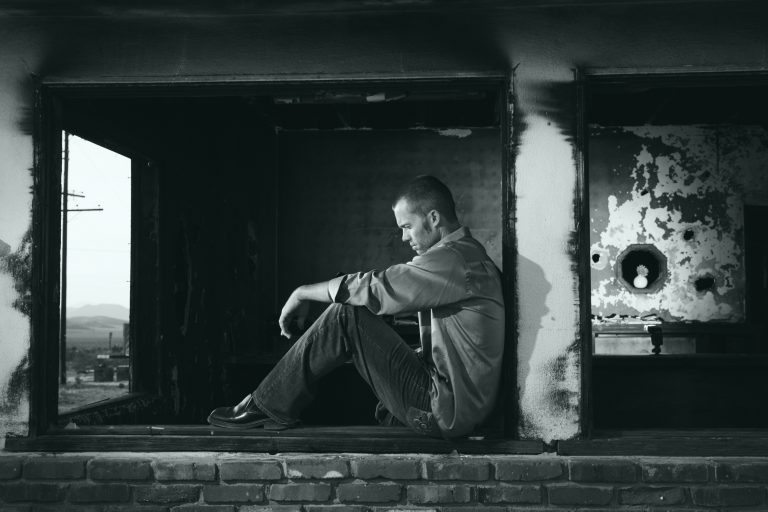Living with chronic pain can feel like being forced to wear glasses that distort the way that we experience life. Looking through the lens of pain for long enough, we may forget that we’re wearing glasses and that we live with our pain, rather than living as our pain. It’s also possible that we dislike the view through our glasses so much that we either ignore what we see through them, or close our eyes altogether. The impact of chronic pain on our identity can lead us to slowly lose touch with important parts of ourselves that seem buried beneath our pain. On the other hand, our attempts to distance ourselves from the reality of our pain can cause us to deny how much it affects us, and that we need to factor our pain into how we live.
One side of the pain identity coin is that we can give pain too much space to define our sense of self. The other side of the coin is that we can deny how significant of a role pain plays in our lives. Just as we can find ourselves limited if we are too attached to our pain, we are also detrimentally affected if we are averse to acknowledging the extent to which our pain affects us. The extent to which our identities develop in relation to our pain can have huge implications in terms of our decision making, our sense of agency and victimhood, and our ability to access feelings of hope, and hope is a key aspect of living with pain and healing.
When we become our pain
Pain can be very overwhelming. It shouts louder than most other sensations we feel, to the extent that it can often drown them out. Our bodies sense a whole range of feelings, from pleasure to pain and everything in between. In the face of constant pain, however, it can start to feel like we only ever experience discomfort, tension, and pain. When our pain is constant or frequent, we often miss out on many other experiences. We can go to the beach and miss the sand and sea, take a walk in a park that, on reflection, is devoid of grass and trees, or see a concert of our favorite band, only to arrive home and realize that we didn’t hear a single song. Reflecting on all these experiences, we may find that our memory is dominated not by the wind in our hair, the earth under our feet, or the music in our ears, but rather by how uncomfortable we were.
As our pain impacts our day-to-day lives so greatly, we might find that, over time, it takes an increasingly central role in dictating not just what we do, but also who we are. Instead of factoring pain into our decisions, we might default to making our decisions while looking exclusively through the lens of pain. Where we might be able to weigh the cost or benefit of going out, we start to see ourselves as defined by our pain, and gradually shift to automatically opting out of participating in social events. While we might be capable of something, granted with the potential cost of pain and discomfort, both during and after, we may begin to operate from a baseline mindset that it’s not worth it to try. Our decision making scale becomes skewed in favor of one element, albeit a powerful and significant element.
When our sense of self becomes too defined by our pain, we can become locked into an identity that doesn’t allow for movement or variation. Having scripted a life that centers around pain, it may become very difficult for us to remember that we are diverse, dynamic individuals with so much more to us than pain. When we remember that pain is an aspect of our life, rather than the foundation upon which our identity lies, we are empowered to choose which part of ourselves we want to act from. Sometimes staying home, opting out of an activity, or not putting pressure on ourselves to perform is the right decision for us at that time. It’s important that we respect our needs. However, when we cease actively weighing decisions like these, and they become a default setting instead of a choice, we may be under-representing other valuable aspects of who we are and what’s important to us.
Pain aversion: The flip-side to pain attachment
For so many reasons, we often push through our pain and deny how much it affects our lives. There are deadlines at work, family members that need our attention, and personal projects to which we feel it’s important to dedicate our energy. It’s amazing that we can develop the strength to continue to attend to all of these responsibilities, and often there isn’t really much choice. Certain things just need to get done. However, there is a time to exercise our resilience and a time to listen to the message that our pain is trying to send to us. How can we know when we are pushing ourselves too hard if we don’t give ourselves the permission to honor our pain needs when it’s absolutely necessary? If we’re not listening to our pain, or acknowledging it enough, at some point there is a good chance it will flare up severely enough to force us to stop.
Not allowing pain to factor into our sense of self at all means becoming insensitive to our experiences and needs, and not showing ourselves the compassionate consideration that we deserve. We aren’t weak if we give ourselves permission to take a break when we have the opportunity, and there is no shame in admitting that our pain is real. Owning and respecting our pain experience actually takes a great deal of vulnerability and courage. It allows us to integrate pain into our lives in an honest way, and when we do that, we respect our limitations and can potentially decrease the likelihood of experiencing burn-out from exhaustion or unbearable flare ups. Of course, we can’t completely avoid these occurrences, but any opportunity to make things a bit easier for ourselves is an opportunity that we owe it to ourselves to take.
Relating to our pain in a balanced way
Finding balance in our relationship with pain is an ongoing project that invites us to regularly check in with ourselves, and honestly ask whether we’re giving too much of ourselves to our pain, or not enough. Are we respecting our pain experiences and needs? Are we basing our sense of self around our pain? Are we allowing ourselves to be cautious and careful not to over-exert or hurt ourselves, without denying ourselves the ability to participate in activities that add meaning to our lives when we can? Can we say “I live with pain”, instead of “I am my pain?” Showing ourselves compassion by remaining considerate to the entirety of who we are, not just who we are in relation to our pain, means that we won’t push ourselves beyond a point that’s healthy, but we won’t shy away from doing what we can.

